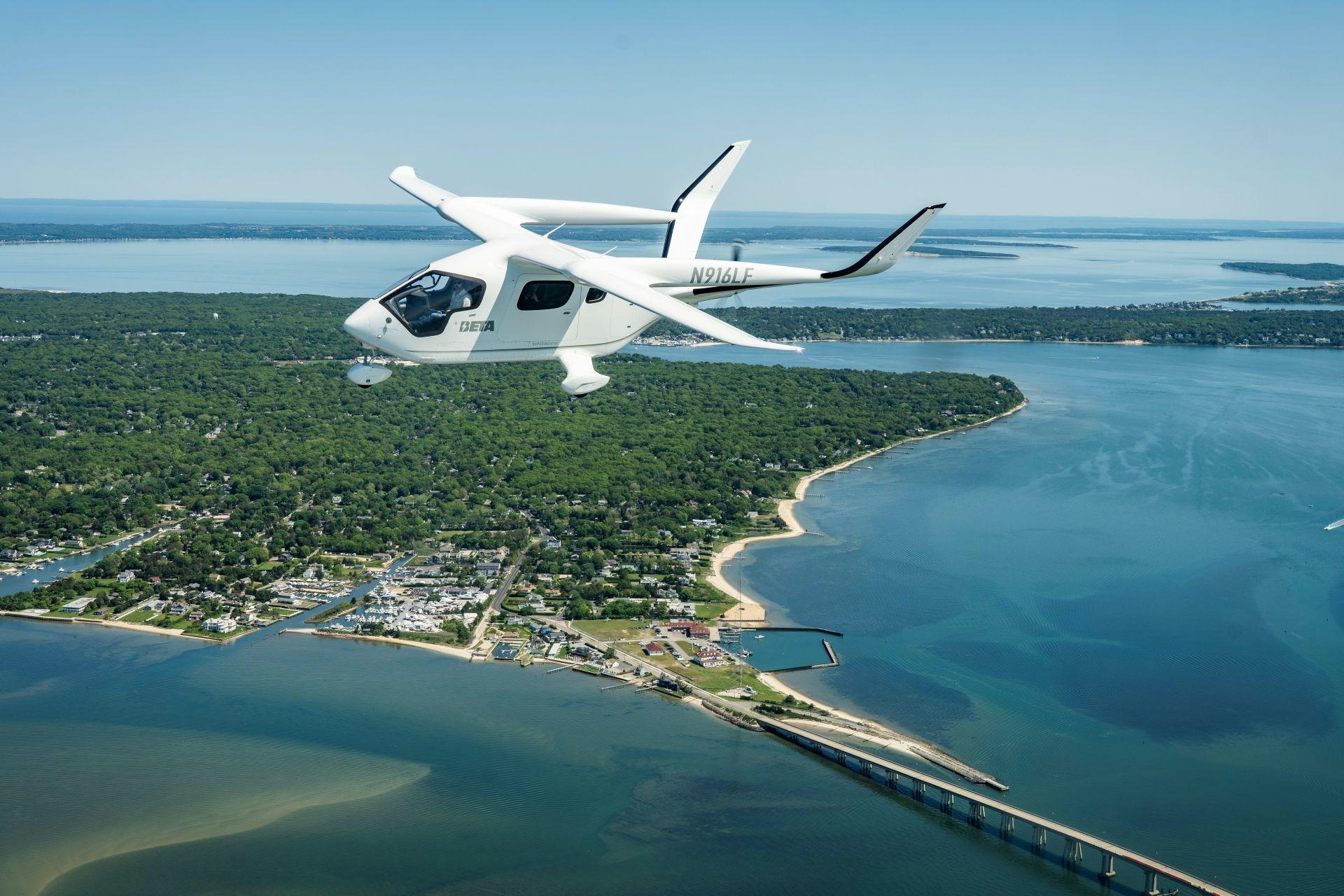
AeroGenie: Su copiloto inteligente.
Tendencias
Categories
BeauTech Acquires 11 CF34-10E6 Engines from JetBlue
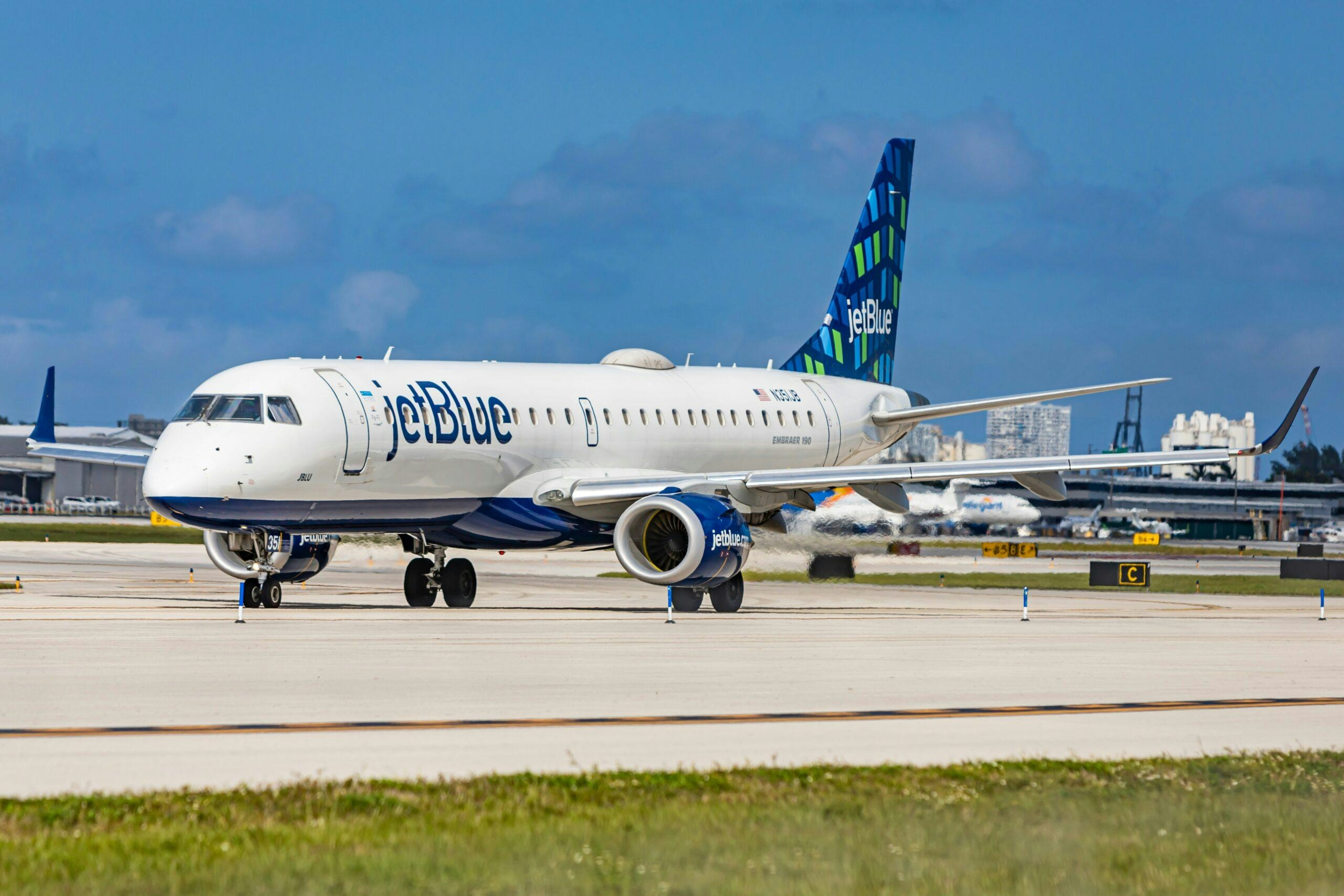
BeauTech Expands Engine Leasing Portfolio with Acquisition from JetBlue
BeauTech Power Systems has entered into a sale-and-purchase agreement with JetBlue Airways to acquire 11 General Electric CF34-10E6 engines. This strategic acquisition enhances BeauTech’s engine leasing portfolio amid evolving market conditions and a growing demand for short-term engine leasing solutions. The addition of these engines is poised to support airlines and maintenance, repair, and overhaul (MRO) providers as they manage fleet transitions, bridge maintenance intervals, and extend the operational life of aircraft.
Addressing Market Demands and Operational Challenges
The newly acquired CF34-10E6 engines will enable BeauTech to offer flexible and timely leasing options, helping operators optimize aircraft utilization and reduce downtime—key factors in maintaining efficient flight schedules and controlling operational costs. This move comes at a time when the aviation industry is grappling with extended shop visit turnaround times, particularly affecting Embraer E190 operators who depend on this engine model. The increased demand for short-term engine leasing has driven lessors to expand their engine pools, while competitors may seek to negotiate better terms with manufacturers or pursue similar acquisitions to remain competitive.
JetBlue’s Fleet Modernization Strategy
For JetBlue, the sale of these engines aligns with its broader fleet modernization efforts, specifically its transition from Embraer E190 aircraft to the more fuel-efficient Airbus A220s. By divesting these engines, JetBlue unlocks value from its E190 assets while facilitating the continued utilization of CF34-10E6 engines in the global market. This strategic decision is likely to influence the regional engine sector, encouraging other airlines and lessors to reevaluate their fleet and engine management strategies.
The transaction highlights BeauTech’s dedication to delivering high-value, adaptable leasing solutions that meet both immediate operational needs and longer-term fleet planning objectives. Simultaneously, it reflects JetBlue’s commitment to optimizing fleet efficiency and resource allocation as it advances its aircraft lineup.
This agreement represents a significant development for both companies, supporting JetBlue’s fleet evolution and enhancing BeauTech’s capacity to provide essential leasing solutions that bolster the operational capabilities of airlines and MRO providers worldwide.
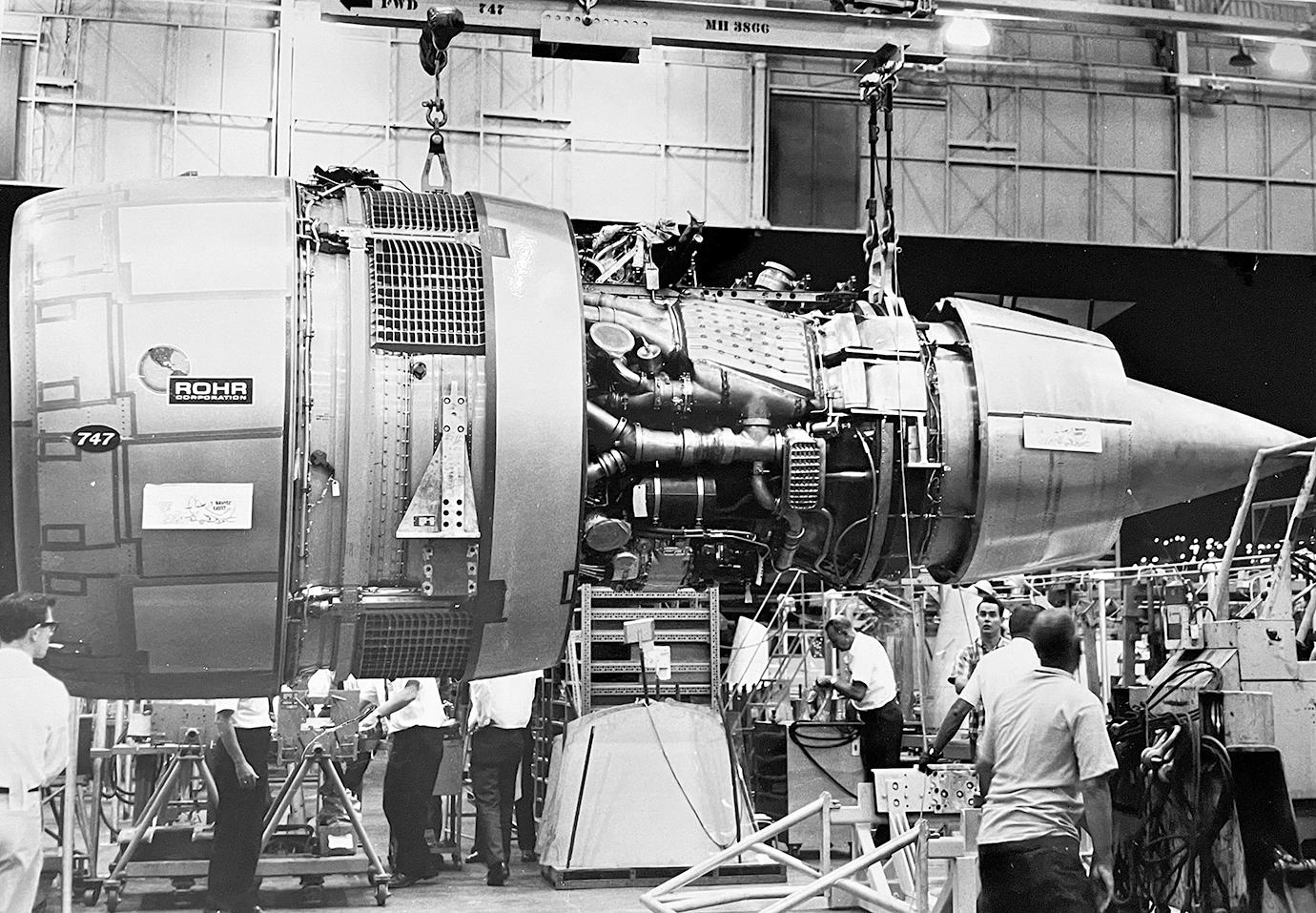
The Enduring Legacy of the Boeing 747 in Aviation Engineering
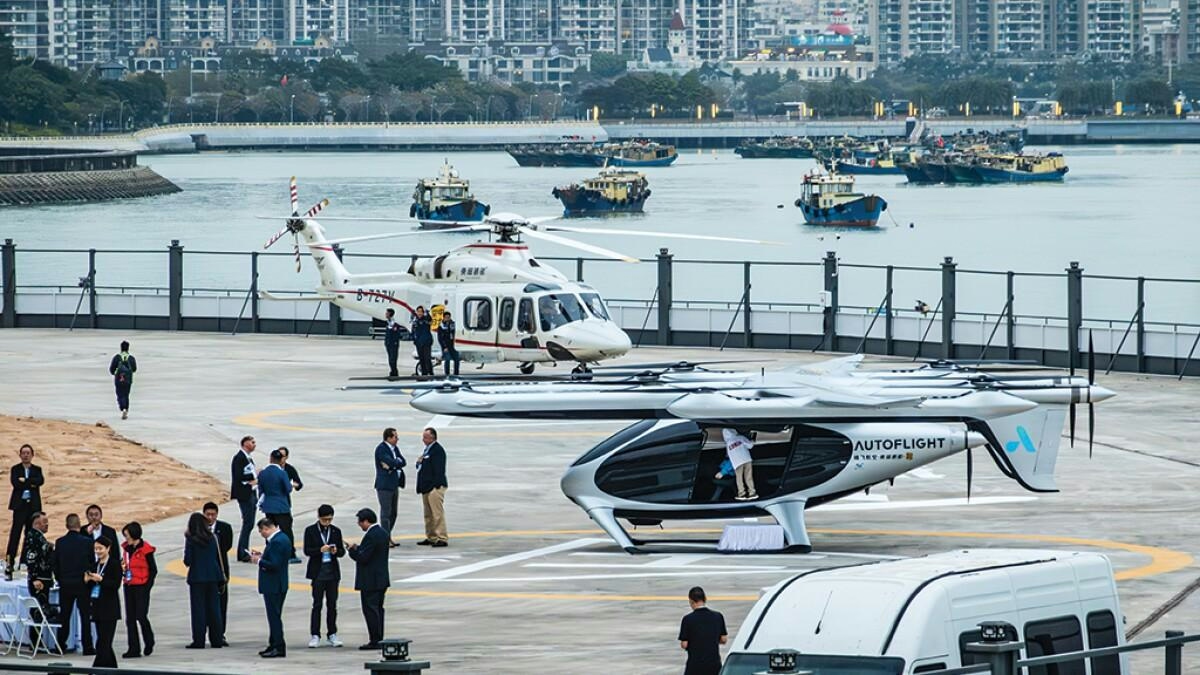
China’s Low-Altitude Economy Expands with Air Taxis and Drone Deliveries

Report Details Fiery History of McDonnell Douglas MD-11’s CF6 Engine

Supreme Court Rules Pilot Not Liable in Air India AI171 Crash
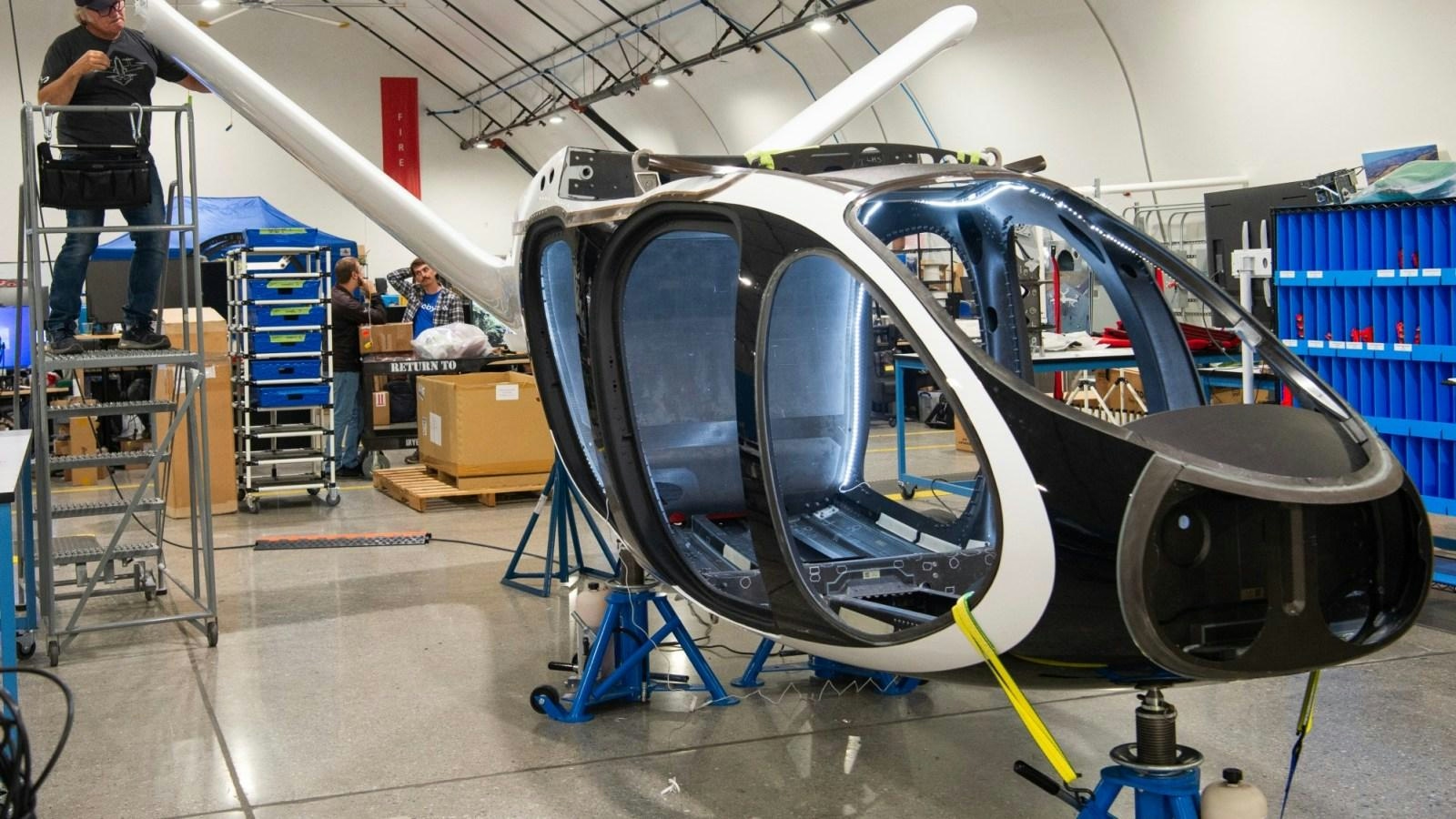
Huntington Beach Considers Vertical Taxi Pilot Program
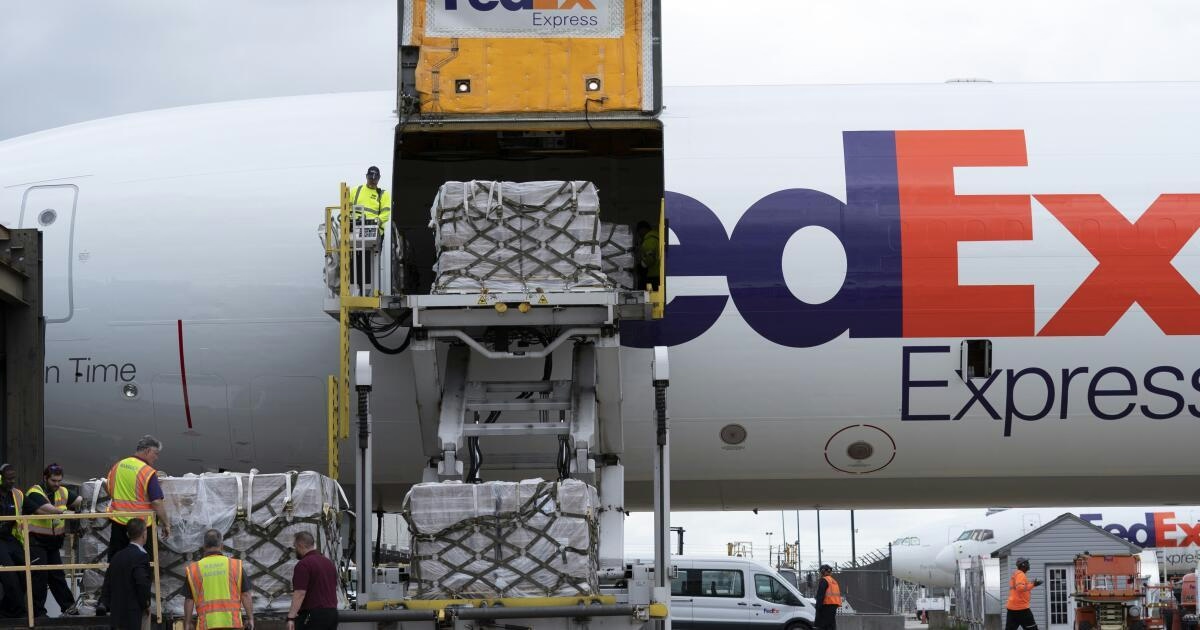
Flight Reductions Threaten Timely Delivery of Critical Goods to LAX and Other Airports
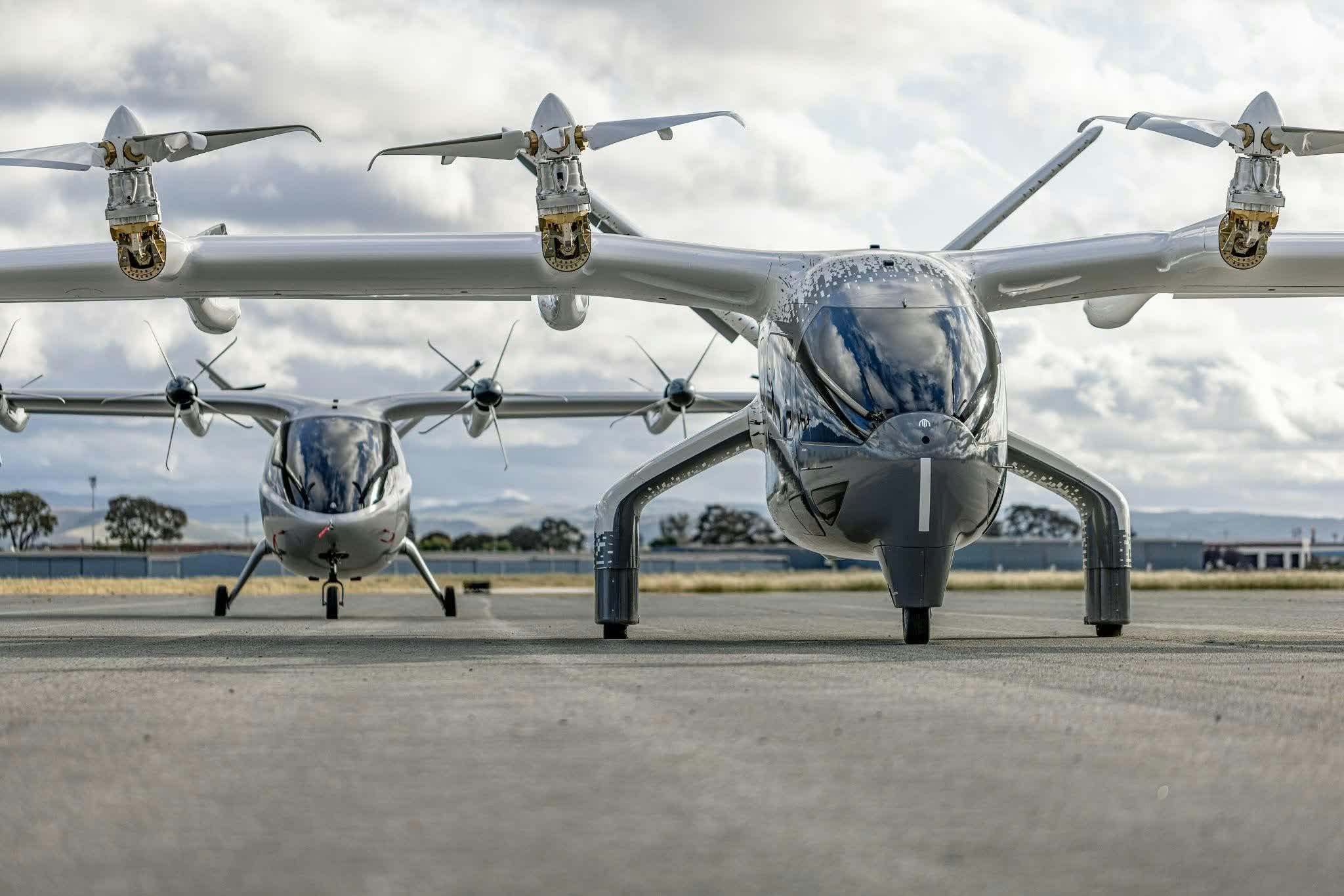
Archer Aviation Shares Decline Amid Market Volatility
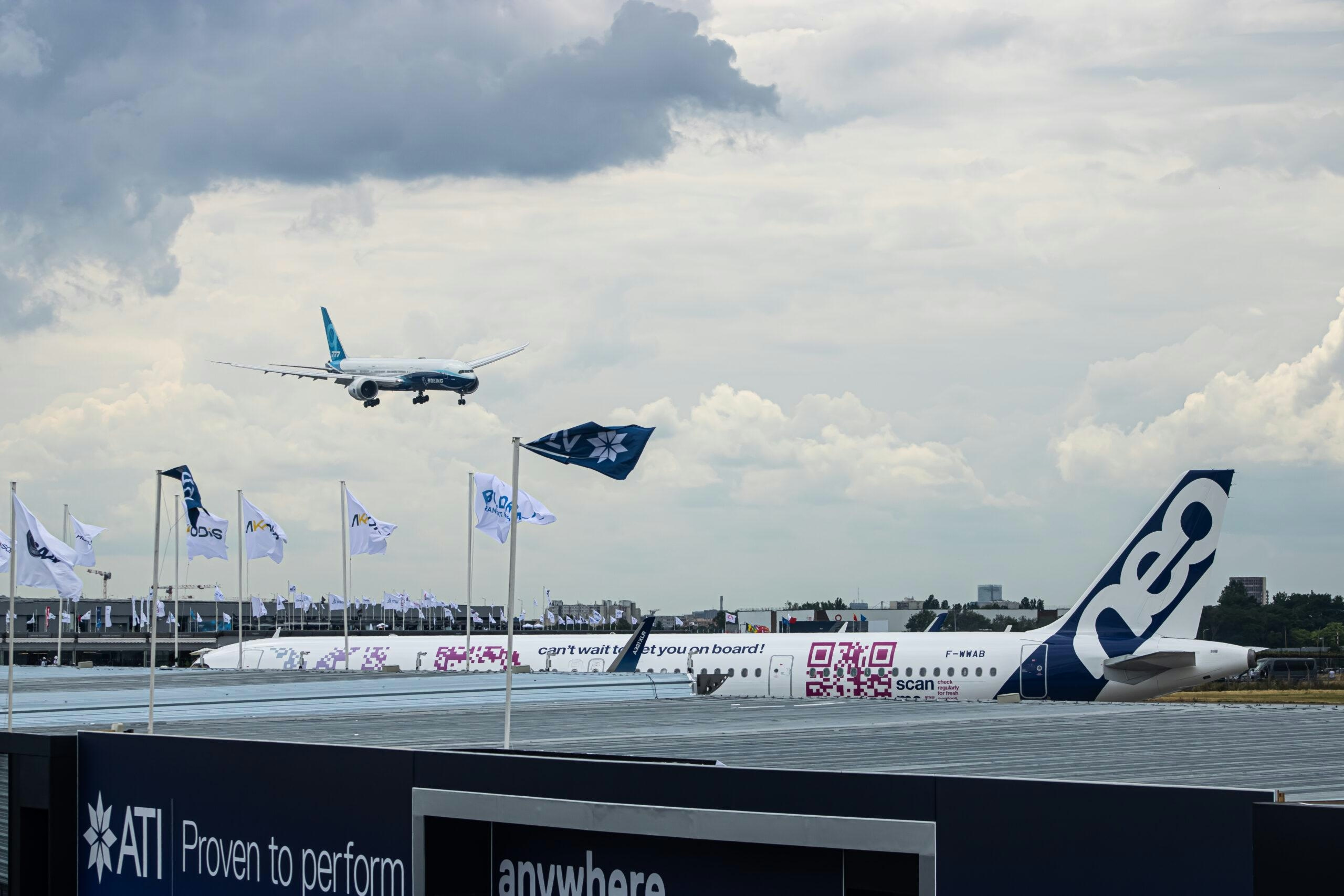
Airbus Secures Largest Aircraft Order of the Year
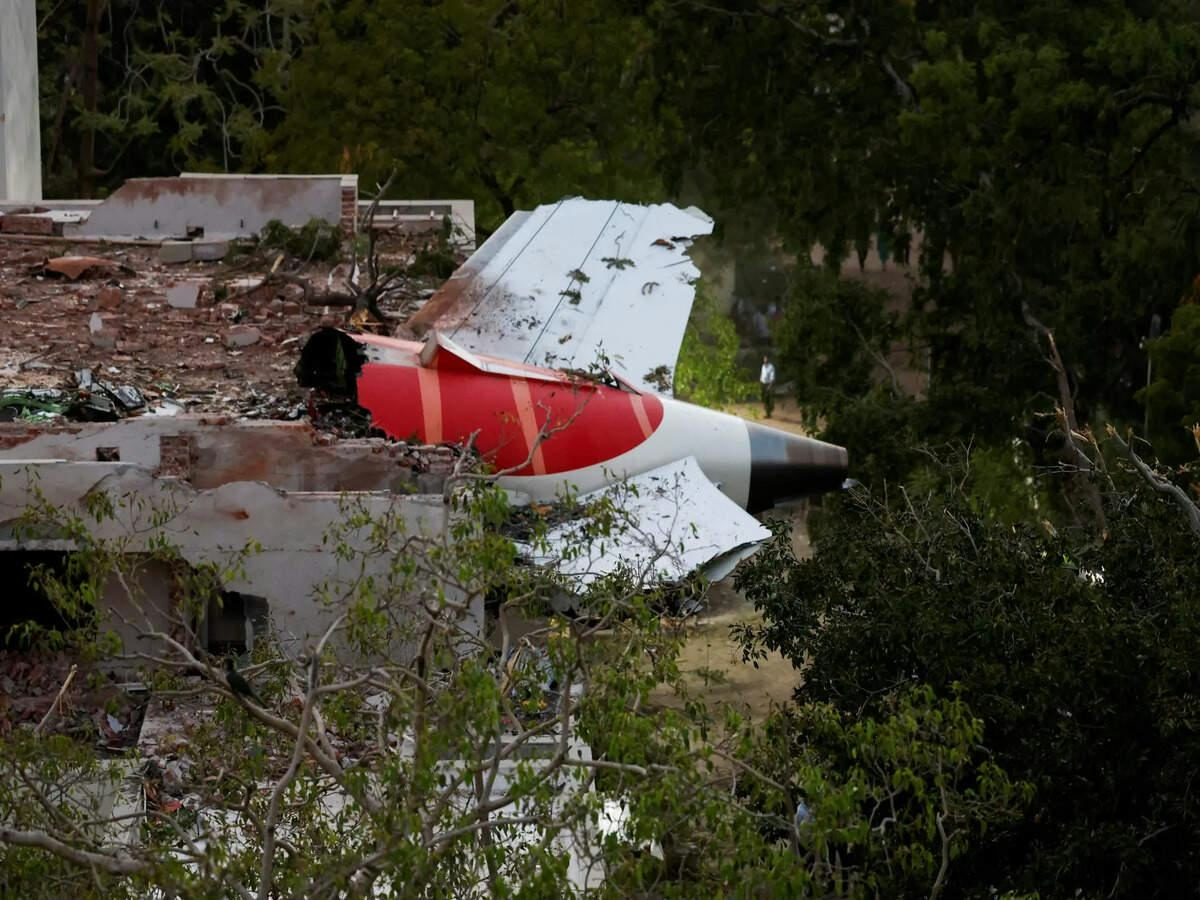
Debate Continues Over Responsibility for Air India Crash
